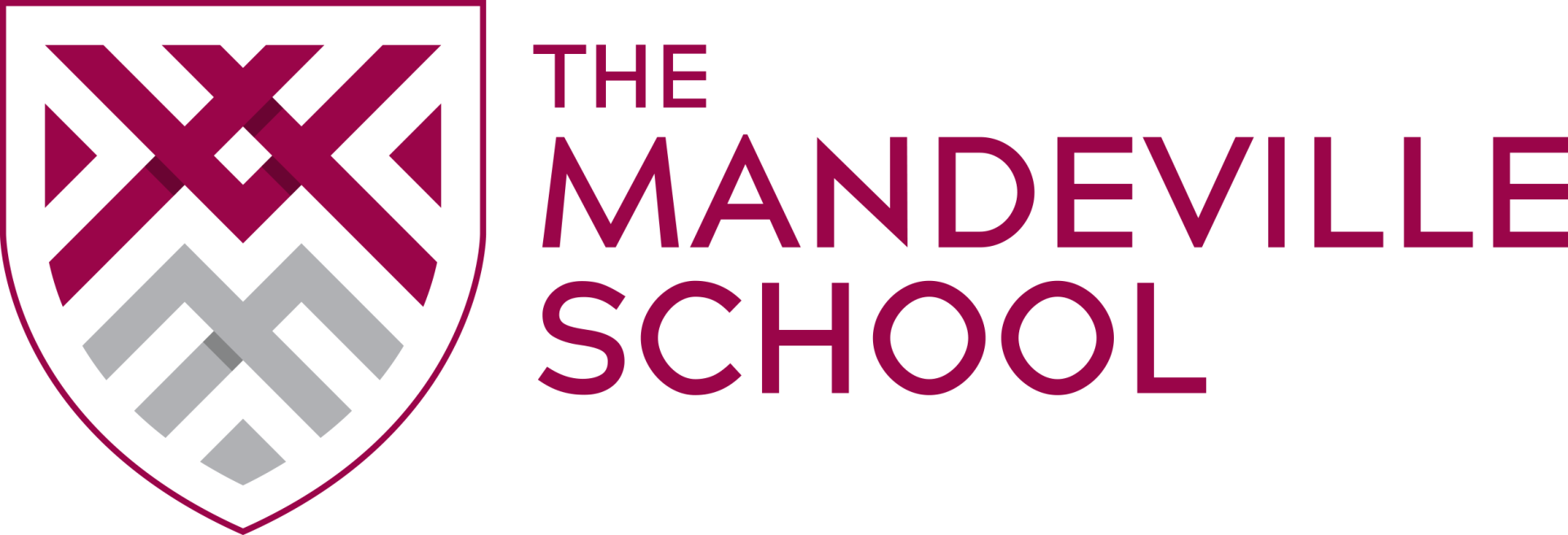Modern Foreign Languages
Mission Statement:
“Languages: a LIFE skill to achieve and a key to OPEN the WORLD”
Our BIG INTENT
Our big intent in the implementation of our curriculum, underpinned by our mission statement, is for our students to achieve FLUENCY by the end of their language learning journey. We believe that FLUENT communication is the core for MOTIVATION and RECRUITMENT at GCSE and beyond. This journey starts at Y7 and will culminate for many, at Y11.
Our curriculum, hence, our Curriculum Plan, is a continuum from Y7 to Y11, which builds upon specific blocks which form the path towards Fluency. This means that the interleaving of structures and having a global final vision of where we want to lead students, are the key foundations of the curriculum.
Reaching fluency means students will be able to communicate spontaneously and successfully in the target language in specific contexts. This is important, as communication is ESSENTIAL for language acquisition, beyond learning, to take place.
For students to be able to communicate fluently and acquire their studied language, they need a REAL PURPOSE for the activities carried out in lessons.
Our Teaching and Learning approach
Our approach is underpinned by two pillars:
Pillar 1: Cognitive Science Research and the relationship between the short and long-term memories: how we learn. This pillar supports the idea of LEXICOGRAMMAR, as a pedagogical approach to teach languages to avoid cognitive overload and reach fluency with a focus on communication.
Lexicogrammar approach:
Teaching vocabulary, grammar and phonics as a whole, not as separate units, at the beginning of the learning journey, to accelerate language acquisition and fluency.
Pillar 2: Rosenshine’s principles of instruction
Based on these two pillars, these are the stages of the language learning journey, for each unit/subunit, with lots of Retrieval Practice and Interleaving of structures.

The learning journey and our Curriculum Map provide students with a specific path to develop the necessary skills to, eventually, manipulate high frequency vocabulary, key grammatical structures with good pronunciation (phonics) to communicate fluently in the target language in real communicative tasks (project based learning and gamification).
Learning Journeys
French
- Year 7 Learning Journey
- Year 8 Learning Journey
- Year 9 Learning Journey
- Year 10 Learning Journey
- Year 11 Learning Journey
Spanish
- Year 7 Learning Journey
- Year 8 Learning Journey
- Year 9 Learning Journey
- Year 10 Learning Journey
- Year 11 Learning Journey
Curriculum Maps
-
PRS-TMS SoW KS4 FRENCH 2024-2025
download_for_offline
download_for_offlinePRS-TMS SoW KS4 FRENCH 2024-2025
- PRS-TMS SoW KS4 SPANISH 2024-2025 download_for_offline
download_for_offlinePRS-TMS SoW KS4 SPANISH 2024-2025
- PRS-TMS MFL SoW Year 7 French for 2024-2025 download_for_offline
download_for_offlinePRS-TMS MFL SoW Year 7 French for 2024-2025
- PRS-TMS MFL SoW Year 8 French for 2024-2025 download_for_offline
download_for_offlinePRS-TMS MFL SoW Year 8 French for 2024-2025
- PRS-TMS MFL SoW Year 8 Spanish for 2024-2025 download_for_offline
↑download_for_offlinePRS-TMS MFL SoW Year 8 Spanish for 2024-2025
- PRS-TMS MFL SoW Year 9 French for 2024-2025 download_for_offline
download_for_offlinePRS-TMS MFL SoW Year 9 French for 2024-2025
- PRS-TMS MFL SoW Year 9 Spanish for 2024-2025 download_for_offline
download_for_offlinePRS-TMS MFL SoW Year 9 Spanish for 2024-2025
- PRS-TMS SoW Year 7 Spanish 2024-2025 download_for_offline
download_for_offlinePRS-TMS SoW Year 7 Spanish 2024-2025
Year 11 Revision Resources
- PRS-TMS SoW KS4 SPANISH 2024-2025 download_for_offline







